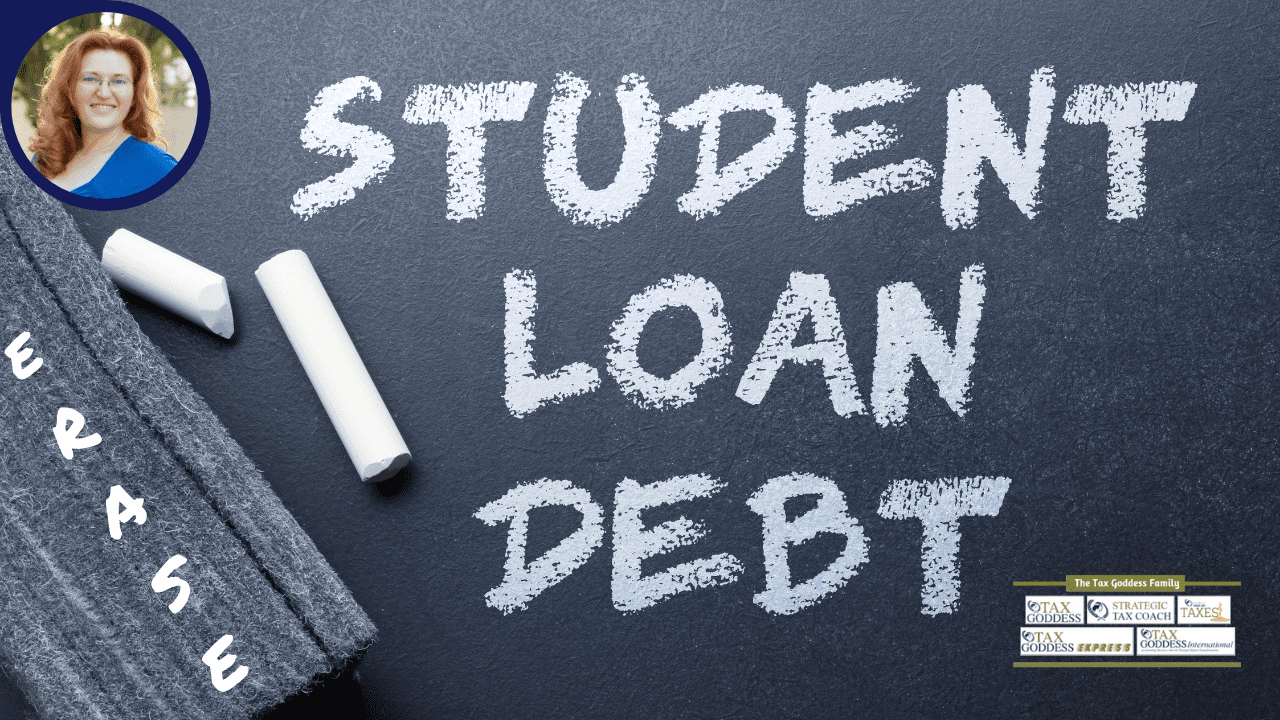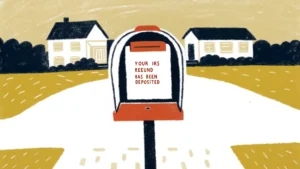Brilliant Way to Get Rid of Your Student Loan Debt Using Tax Strategy
As a part of the $1.9 trillion COVID rescue plan, new tax strategy bills are currently being discussed to facilitate the recovery of the United States of America after the pandemic which hugely impacted the country’s economy.
The American Rescue Plan is considered to be one of the largest rescue plans for stabilizing the economy in the US. This plan focuses on driving mixed efforts towards mitigating the economic effects of COVID with different strategies to fight against the virus.
New Recovery Strategies Under American Rescue Plan
Some of the key effects of the American Rescue Plan are given below:
- Direct financial payments
- Financial assistance increased
- Unemployment benefits are extended
- The child tax credit is expanded
- Food aid is increased
- Increase in funds for childcare and schools
- Student loan forgiveness made tax free
- Additional funds for COVID-19 contact tracing and testing
- Pandemic assistance grants for helping businesses
- Extended funds to provide help in recovering the state of cities, states, tribal governments, and other US territories.
The above assistance while recovering from the current pandemic effects can make a huge difference. This article will majorly concentrate on the effects of this new plan on student loan debt forgiveness. It will highlight how this new bill can help all those people who have significant amounts of student loan debt.
Get more tax tips from tax goddess?
Understanding the American Rescue Plan for Student Loan Forgiveness
A new provision relevant to student loan debts is currently being discussed under the new American Rescue Plan. To understand how you can use the new bill to your advantage, you first need to know what student loan forgiveness is.
Generally, a chunk of your student loan debt gets forgiven if you file for bankruptcy or if you are involved in some special programs like working for a charity or in a public hospital. However, even the forgiven amount from your student loan debt is taxable. This means that if you have a student loan debt of about $200, and even if a part of it gets forgiven, you will have to pay the tax for $200.
You would be happy to know that according to the new bill, any amount of loan forgiveness acquired between the period of 30th Dec 2020 to 1st Jan 2026 would be tax-free. Although the bill has not been passed yet, it would be beneficial for you if you know how you can use this to your advantage if it gets passed in the future.
Filing for Bankruptcy
If your student loan debt is much higher like say $300,000, you would have to approach this strategy in a different way. In such a case, you can file for bankruptcy, but you need to qualify for bankruptcy for this to work.
You sure can have your federal student loan amount discharged when you file bankruptcy provided that you file for an adversary proceeding in the bankruptcy court. Adversary proceeding implies that if you are bound to pay off the student loan debts, undue hardships would have to be borne by you and your dependents.
How are Undue Hardships Decided by Bankruptcy Courts?
The bankruptcy court looks at the below factors to determine whether paying off your student loan debt would cause undue hardship or not.
- If you pay off the loan debt, you would not be able to lead a life with a minimal standard of living.
- You made honest efforts to pay off the student loan debt before filing for bankruptcy.
- There is accountable evidence to show that you would continue to face the hardships for a significant part of the loan repayment period.
What Happens if the Bankruptcy Court Approves That Loan Repayment Would Cause Undue Hardship?
One of the following outcomes can be expected if the court approves that loan repayment would cause undue hardship to you and your dependents.
- All the loan collection activities will stop, and you may not have to repay any part of your student loan debt.
- You may be required to pay a part of your student loan debt.
- You may have to continue paying the student loan debt but with a reduced rate of interest.
If your $300,000 student loan debt successfully goes through bankruptcy, you receive the adversary proceeding, and it gets approved along with your student loan forgiveness completely wiped off (thanks to the new bill), you would not have to pay anything or do anything other than filing for bankruptcy. Although filing bankruptcy may be a really huge step for you, if you do so you can use this out-of-the-box tax strategy to clear your student loan debts.
There might be cases wherein you may not be able to pay off the student loan debt, but the court would not pass your bankruptcy application. In such situations, you can explore many other repayment plans and select one which helps your situation the best. You can even contact an expert loan servicer to help you with this.
THIS IS – SEC. 9675. MODIFICATION OF TREATMENT OF STUDENT LOAN FORGIVENESS








